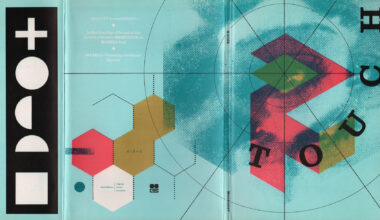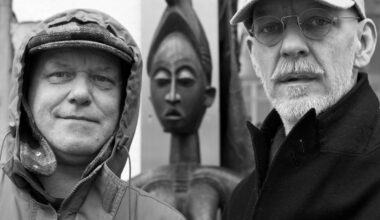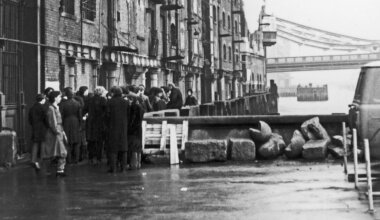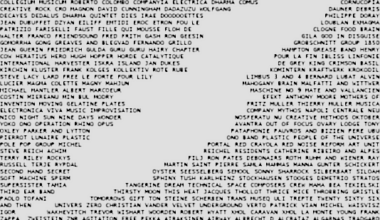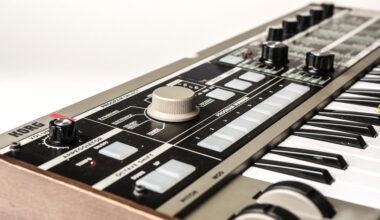In November 1964, a group of musicians, many who would go on to become key in the avant-Garde movement, took to a stage in San Francisco to perform a work that would change music. We delve into the legacy of Terry Riley’s masterpiece, ‘In C’
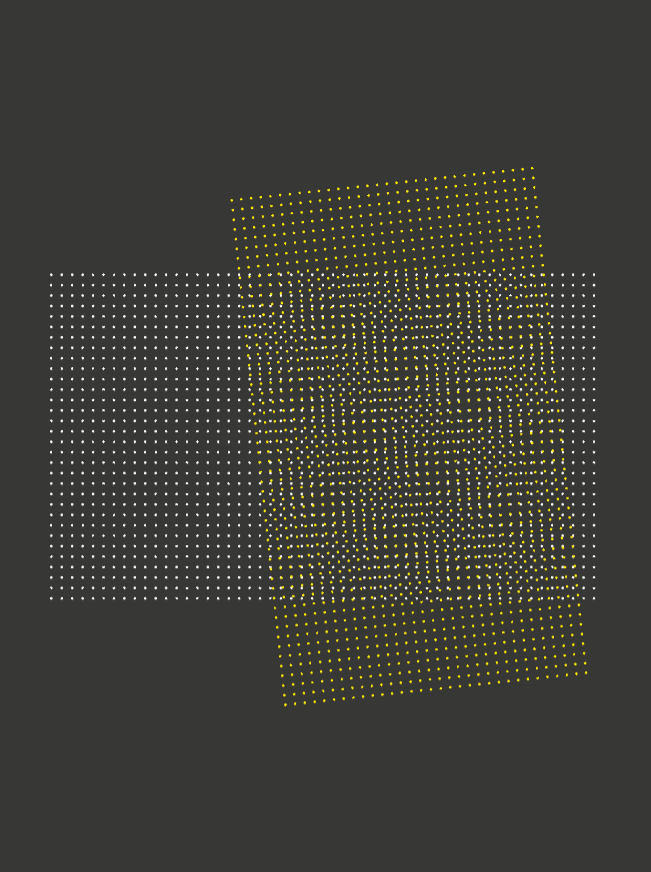
Few works can claim to have changed music, but Terry Riley’s minimalist gem ‘In C’ unquestionably can. Electronic Sound’s recently-released version by Meat Beat Manifesto’s Jack Dangers breathes new, beat-driven life into Riley’s famous score, while connecting its history from creation in 1964, and its first recorded release in 1968, to the 2009 performance that Dangers’ remixes are built from. Crafting four downtempo, breakbeat versions, Dangers updates the famous composition without losing any of its atmospheric charm. It’s a testament to the unique flexibility and power of ‘In C’.
By 1964, Terry Riley was fast becoming a prominent figure in experimental music through his work with the influential San Francisco Tape Music Center, alongside other forward-thinking artists such as Steve Reich, Morton Subotnick and Pauline Oliveros. Technician and composer William Maginnis described the Center as a “non-profit cultural and educational corporation, the aim of which was to present concerts and offer a place to learn about work within the tape music medium”.
Hugely inspirational in the electronic music field, not just because of the composers involved, but for successfully pushing the medium forward, it’s hard not to see the Tape Music Center as central to the genesis of ‘In C’. In fact, its first performance happened there on 4 November 1964, with Riley joined onstage by Reich, Oliveros, Subotnick and Jon Gibson to perform this aural innovation.
The impressive ensemble were clearly more than just hired hands; they were living influences for ‘In C’. Take, for example, the piece’s key premise of infinite players, on any instrument, moving through fragments, playing and omitting at will, all accompanied by a hypnotic, chiming octave C played on a piano throughout.
This idea could have come from Steve Reich himself and shows his profound influence on Riley’s thinking. Add the “deep listening” theories of Pauline Oliveros and Morton Subotnick’s explorations in tape manipulation and you have a line-up unrivalled to unleash this new age. A 60s experimental supergroup to beat them all.
In contrast to the other Riley tune performed that night, a cool jazz number called ‘Coule’, ‘In C’ was something completely out of leftfield. It was foreboding, pulsating and unforgiving, but also beautiful.
Bringing the relatively new form of sound which would become known as minimalism to the stage, at odds with past musical tropes, it baffled as many people as it enthralled. After attending the second performance at Tape Music Center, renowned classical musicologist and art critic Alfred Frankenstein wrote: “At times you feel you have never done anything all your life long but listen to this music, and as if that is all there is, or all there ever will be, but it is altogether absorbing, exciting, and moving, too.”
Which is an apt description. Breaking down forms, ‘In C’ is a tonal wonder that offered a rigid score and artistic freedom at the same time. Although its 53 musical “cells” must be played in a defined order and kept two or three phrases apart, musicians are in control of when and how they are played, creating infinite possibilities for the way in which this droning, hypnotic ritual unfolds.
Which is precisely why, over the years, ‘In C’ has taken many different forms both in the live and recorded arenas. It is also a great democratiser in music creation. Riley has explained in many discussions over the years that it can be played by amateur or professional musicians, or even both working together.
Speaking in an interview with French arts mag Gonzai in 2015, Riley said, “It does allow different musicians a freedom to come together, still retaining their own personalities, but listening to each other, making music together. Nobody’s the boss, it doesn’t have a soloist on top. Also, amateurs and professionals can play together, classical and jazz can play together. It’s just open enough for a lot of people to participate.”
But Riley did stipulate some aspects of how it should be performed. In one version of the score he suggested a musician, “traditionally… a beautiful girl”, should play the C note repeatedly. The idea came from Reich’s introduction of the concept of “rhythmic pulse”, and a composition that originally had no rhythm became something groundbreaking. The incessant C note created a metronome referred to as “the pulse”, pushing an idea that has become a bedrock concept of so much electronic and experimental music since.
This rhythmic pulse infected music from that point on, and can be heard in John Cale’s work in the Velvet Underground and in the motorik rhythms of the German kosmische musik scene.
Today it’s heard everywhere. In his book ‘Electronic And Experimental Music’, Thom Holmes maps ‘In C’ as a “conceptual precursor to the concept of programming and sampling in music” and, as such, is pivotal to the birth of not only experimental sounds but also much of modern pop music. Despite being far more upbeat in tone, the idea of simple, repeated musical phrases is key to the music packing the charts from Rihanna to EDM bangers.
Just over half a century since Terry Riley took his composition to the stage for the first time, ‘In C’ still inspires in ways he may never have contemplated, with new versions and ideas being fed into its history. Put simply, it changed music and continues to take fresh audiences on new trips every year.
